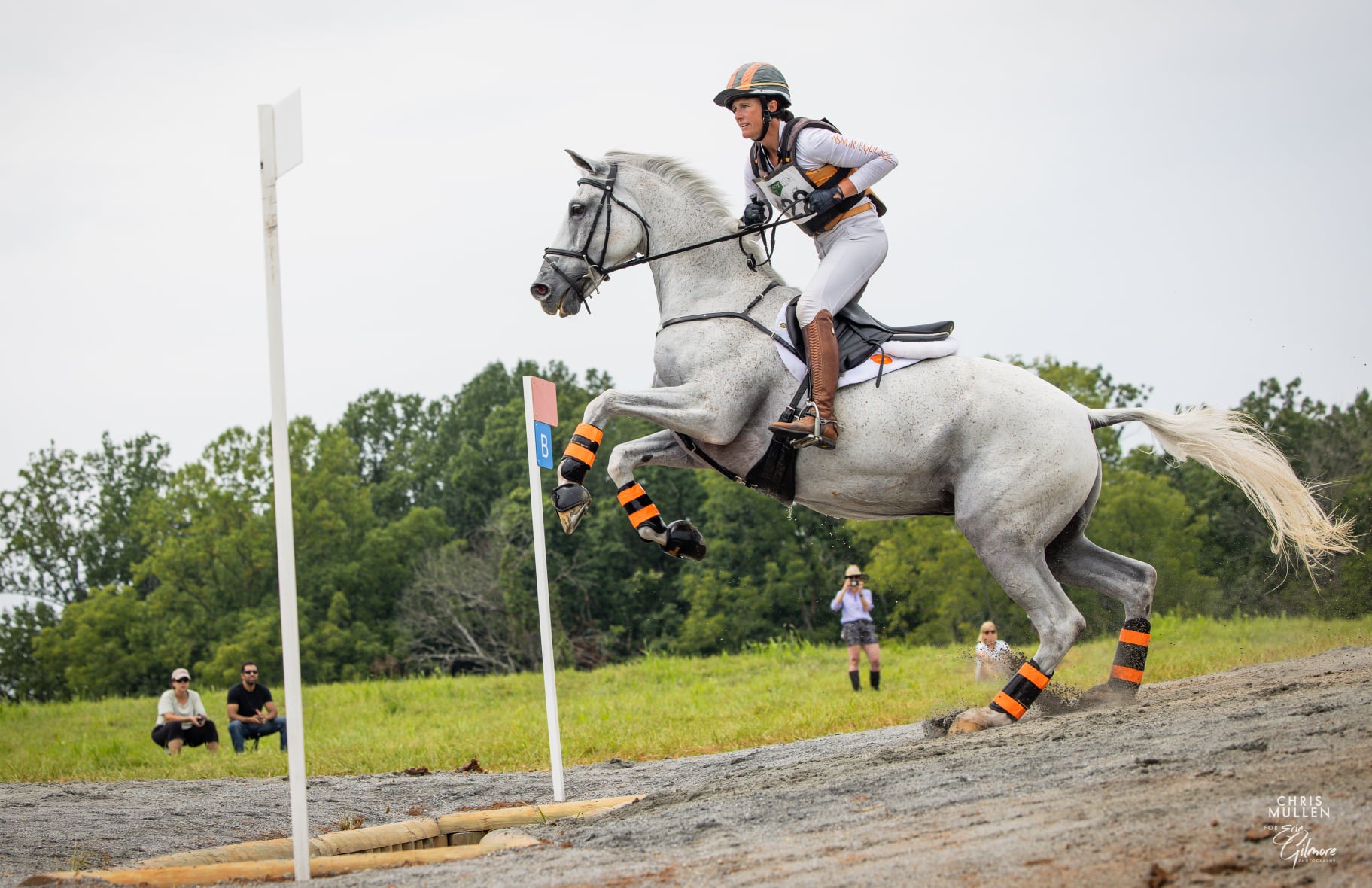Good feed is essential for good muscle development. And not only the kind of feed and its energy value, but also the quantity and especially the quality of protein, minerals, and vitamins. This, in combination with hard work, will result in good muscle development. A horse with strong, healthy muscles is less prone to injuries. In this issue of Science Sunday you’ll learn about muscle development in horses.
Your horse is an athlete, and strong healthy muscles are important for its health and performance. One of the most common misunderstandings regarding muscle development is that this can only be achieved through training. However, your horse’s muscles can only develop if they are provided with the right nutrients (essential amino acids) through feed. In fact, a horse may even lose muscle mass if it is trained hard but does not get the nutrients necessary for building and developing muscle. The process of building muscle also requires micronutrients. Nutrition plays a key role but is often overlooked as the basis for building and maintaining muscle.
Muscles only develop with the right nutrients
The basics about muscles
Proper horse training and diet requires understanding of how to make muscles stronger and more flexible, which in turn requires knowledge about muscle structure and function. A horse’s body has more than 700 muscles. A muscle is made up of muscle fibres. Each muscle fibre is made up of long protein fibres which are arranged in chains (myofibrils). The movement of these protein chains causes the contraction of relaxation of muscles.

The muscle has the ability to adapt to the required effort over time. Through regular training and gradual increases in the work, your horse’s muscles will become stronger and he will gain muscle mass. You horse will not only get more muscle, but more muscle mass as well. It’s also important to know that your horse cannot build muscle if he does not have adequate reserves. To build muscle, a horse must have a Body Condition Score (BCS) of at least 5 (on the Henneke scale).
What are the building blocks for muscles?
For muscle development, it is important that your horse’s feed contains the right amino acids and adequate energy. Muscles consist of muscle fibres, which in turn are made of proteins. Proteins are made up of amino acids. A horse therefore needs protein to build muscle.
This protein must be easily digestible and the amino acids it contains must be those that the horse can absorb. The essential amino acids are: lysine, methionine, phenylalanine, threonine, tryptophan, histidine and the 3 BCAAs (branched chain amino acids) leucine, isoleucine, and valine. These BCAAs play an important role in supporting the regeneration of muscle fibres. For optimal absorption, it is important that the horse gets amino acids with an amino acid profile that is quite similar to that of the horse. The absence of even just one amino acid will slow the process of muscle development. Essential amino acids must be obtained through feed or feed supplements, as the horse’s body cannot produce them itself.
Proteins are important, but energy is also essential for strengthening muscle.
Only feeds with sufficient amounts of proteins and energy will ensure that a horse will develop strong muscles. When all the basic conditions for a muscle-developing feed ration are met, you can start to demand harder work from your horse.
Where do muscles get their energy?
Building muscle involves more than just feeding your horse high-quality protein. In fact, the first limiting factor in an equine diet is always energy, as this is needed for every metabolic process in the body. Building and maintaining muscle requires high amounts of energy. When the body gets the signal that not enough “fuel” is available, it stops the muscle-building process. In fact, inadequate energy in the feed over time can lead to muscle loss. So it doesn’t matter how much protein your feed contains – if it doesn’t have enough energy, the horse’s body cannot build muscle. Therefore, you should always make sure that the feed meets the horse’s daily energy requirements. High-calorie ingredients in horse feed include cereals (starch and sugar) and oils (fat) as easily digestible sources of fibre. In addition, various vitamins and minerals play an important role in the body during muscle development. Only a balanced diet with sufficient energy, proteins, and essential trace elements will have all the feed components necessary for building strong and healthy muscles.
The first limiting factor in an equine diet is always energy
Nutrition and training
Optimum nutrition for muscle development requires a balanced diet that is high in essential amino acids and carbohydrates. After this comes physical work, because without stimulation there can be no growth. Building muscle requires exercise with slight overexertion. An increasing overload may have a negative connotation, but this does not apply when it comes to building muscle. It is a concept that allows a safe and responsible progression in terms of muscle building. Physical exertion causes tiny tears in the muscles. “Inflicting” this minor damage stimulates the muscle to repair itself and become stronger. This is a natural process. The muscle is, so to speak, more resistant to the exercise during the next workout. The horse can handle the work more easily and recover more quickly afterwards. This recovery process happens 24 to 48 hours after an intensive workout, and the muscle will gain in size and power; this is known as hypertrophy. It is important that hypertrophy occurs during resting phases. The key to success, therefore, lies in often-underestimated rest periods. A rest day doesn’t necessarily mean a day with no exercise; it can include a country hack or an easy training session with lots of walk intervals.
Want to learn more about increasing work and muscle growth? Then watch our video on how to build your horse’s topline.
The importance of proper warm-ups and cool-downs
Warm-up and cool-down phases are essential parts of training. Warming up “wakes up” the muscles and increases blood circulation. Several minutes of relaxed trot after a workout ensures the removal of waste products and promotes the breakdown of lactate. Don’t underestimate the importance of both of these training phases; they are necessary for your horse to stay fit and avoid sore muscles and muscle damage.
Feeding tips from our feed experts: Which Cavalor products will help my horse to build muscle?
Even though your horse’s muscles are trained year round, he should be given high-protein feed only for a limited time as it puts strain on the liver. We have compiled all products that help to develop and maintain strong and healthy muscles.
Cavalor WholeGain is a high-fat, concentrated mix that promotes equine fitness and a shiny coat and safely stimulates weight gain. Use Cavalor WholeGain to help your horse attain optimum physical condition.
Cavalor VitAmino is a high-quality protein source with good digestibility and an amino acid profile specially formulated for optimum development of muscle mass. Use Cavalor VitAmino to support muscle growth in your horse.
Cavalor Muscle Force is a natural supplement for horses that need to develop muscle quickly. Use Cavalor Muscle Force to support the development of strong muscles.
Have you had an intense and sweaty workout? We have another good tip for how to cool down warm muscle. Cavalor Muscle Cooler is a cooling gel that supports the regeneration of joints, tendons and muscles.





